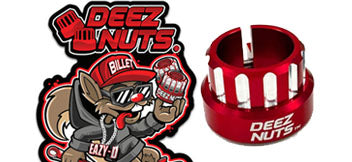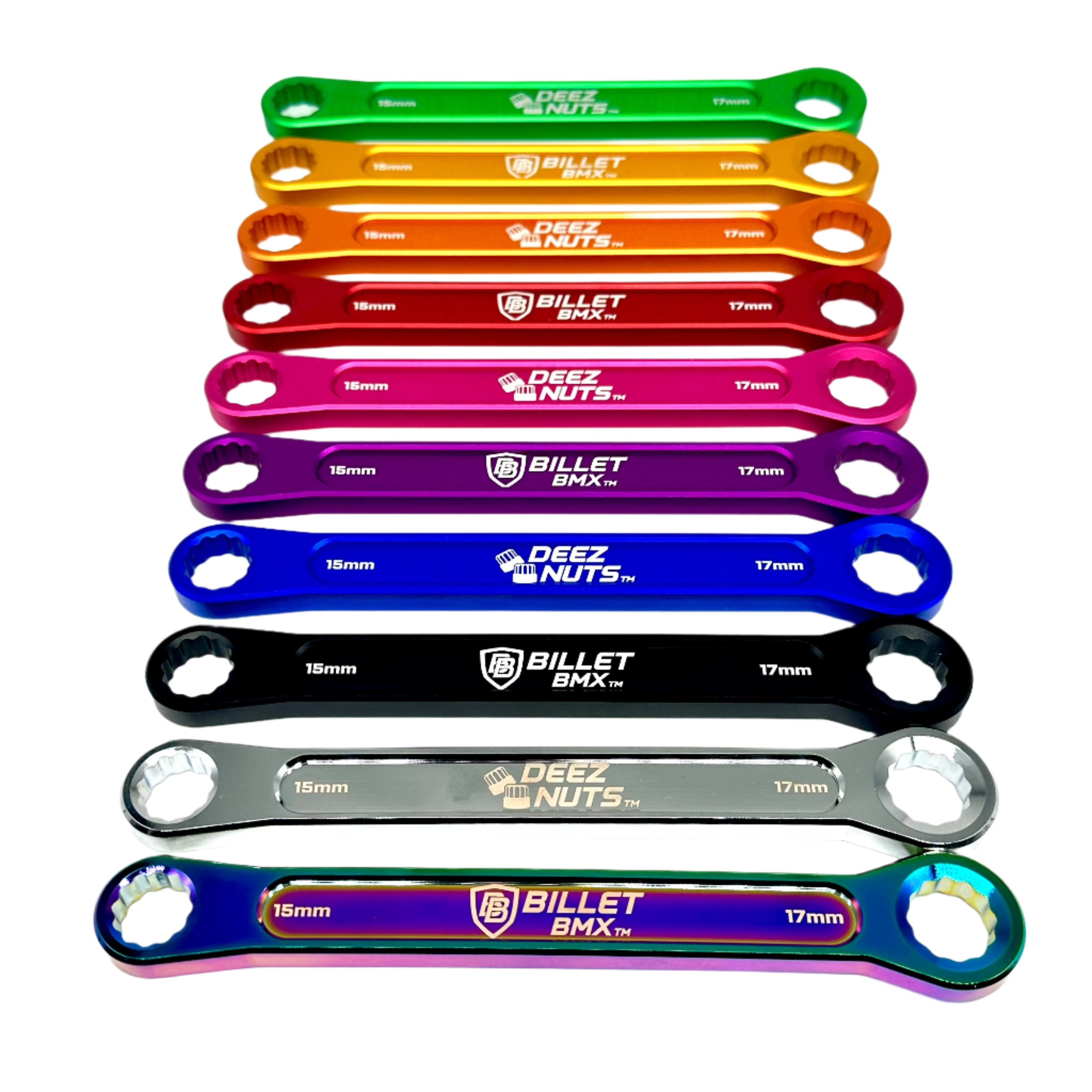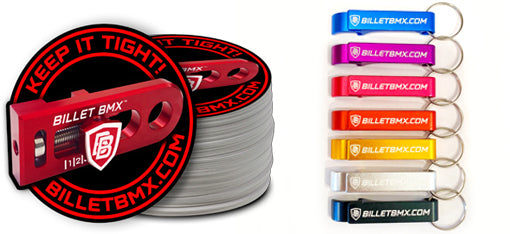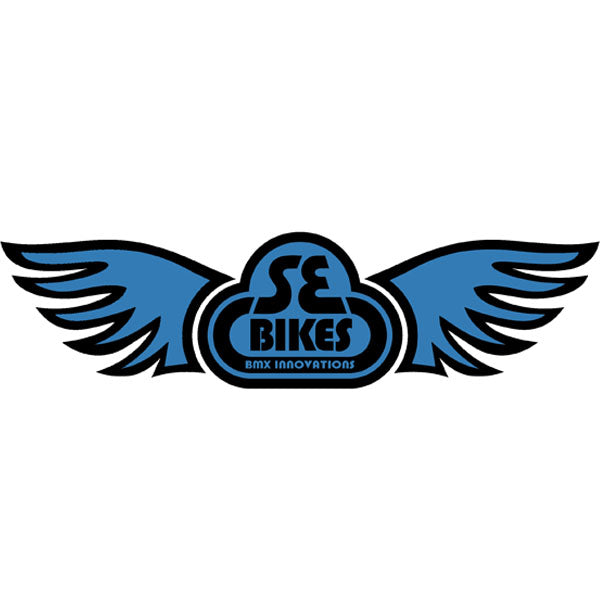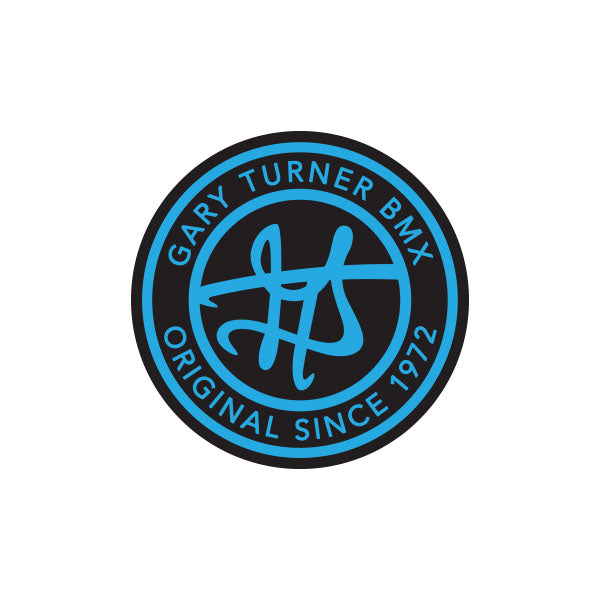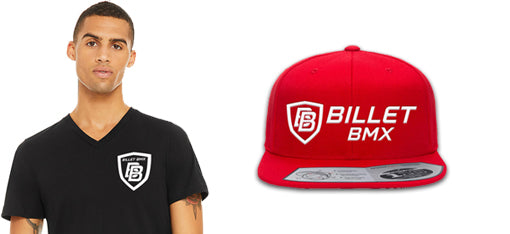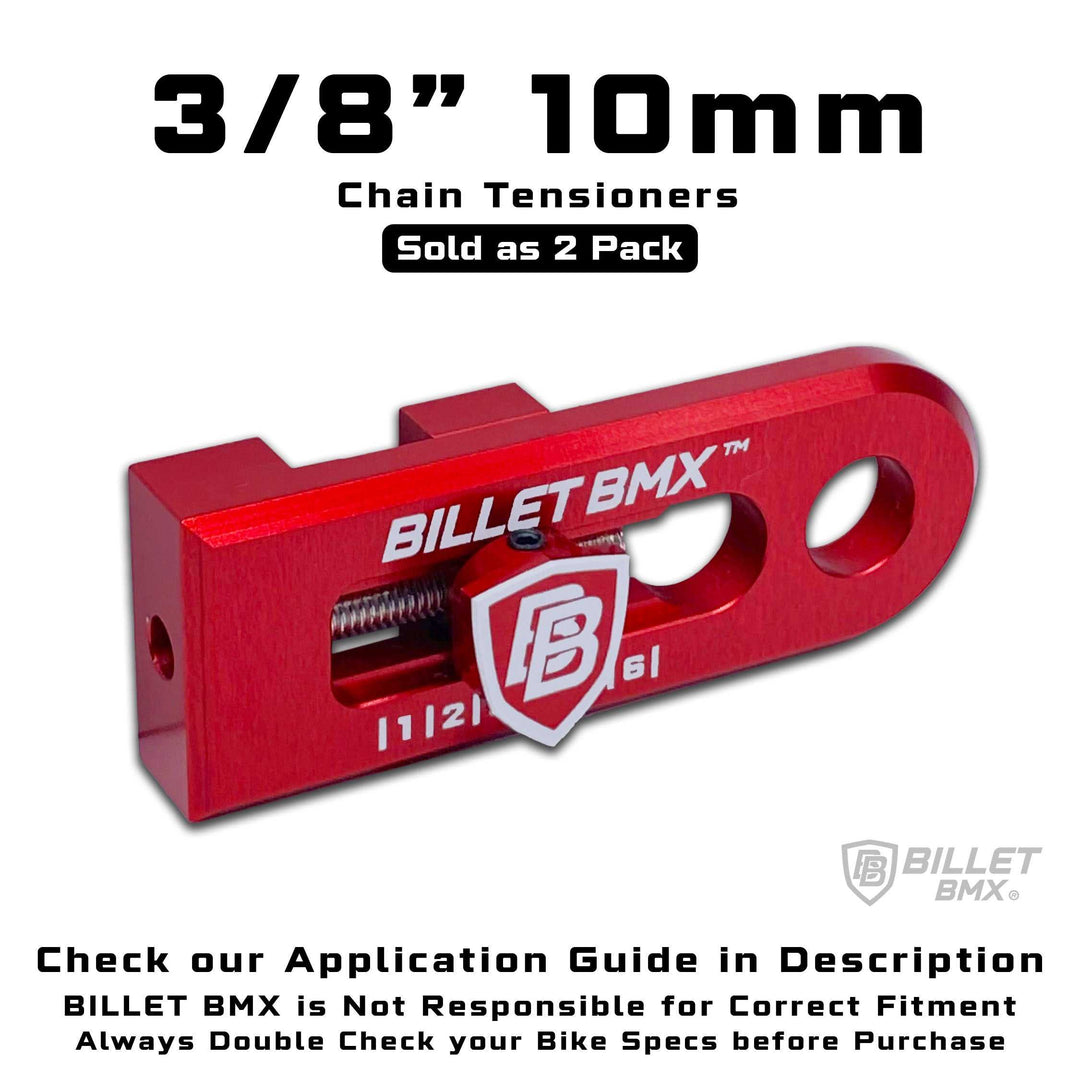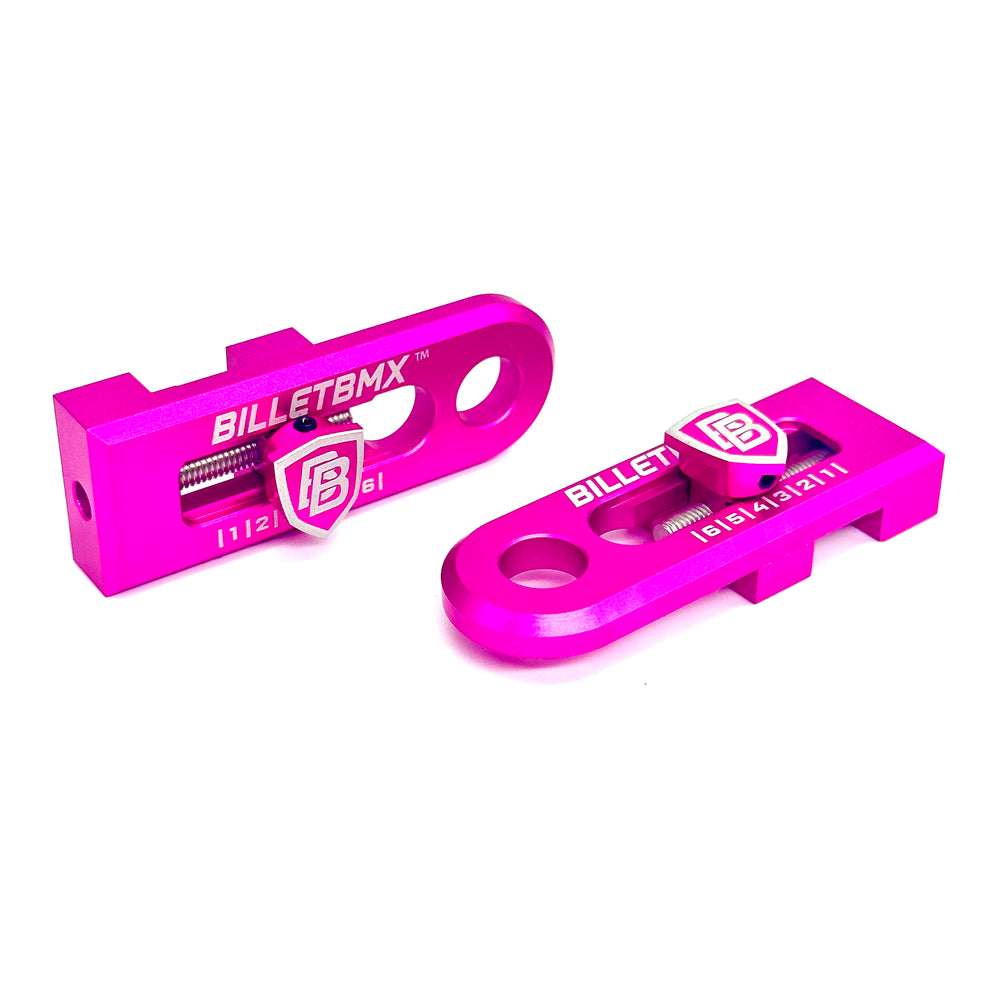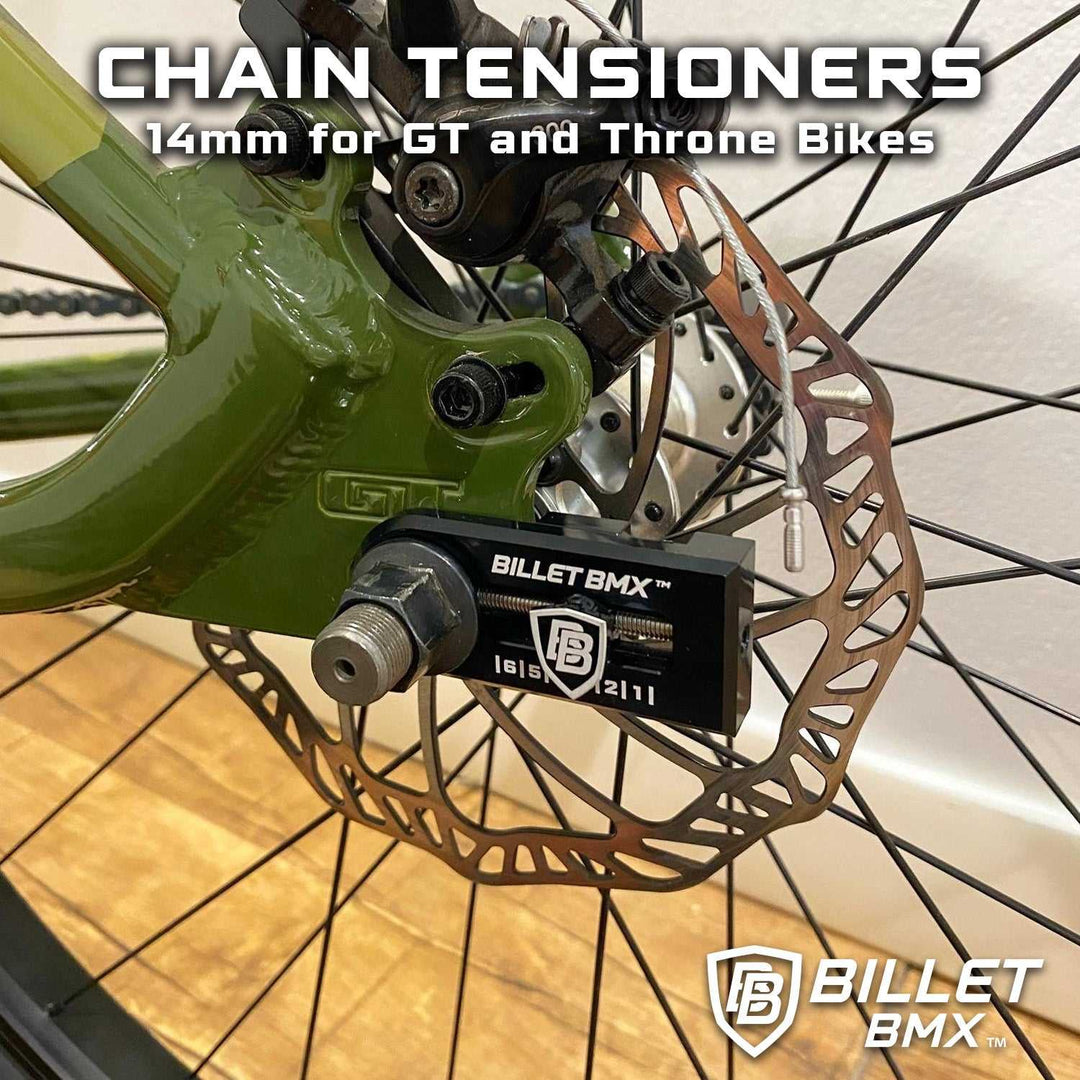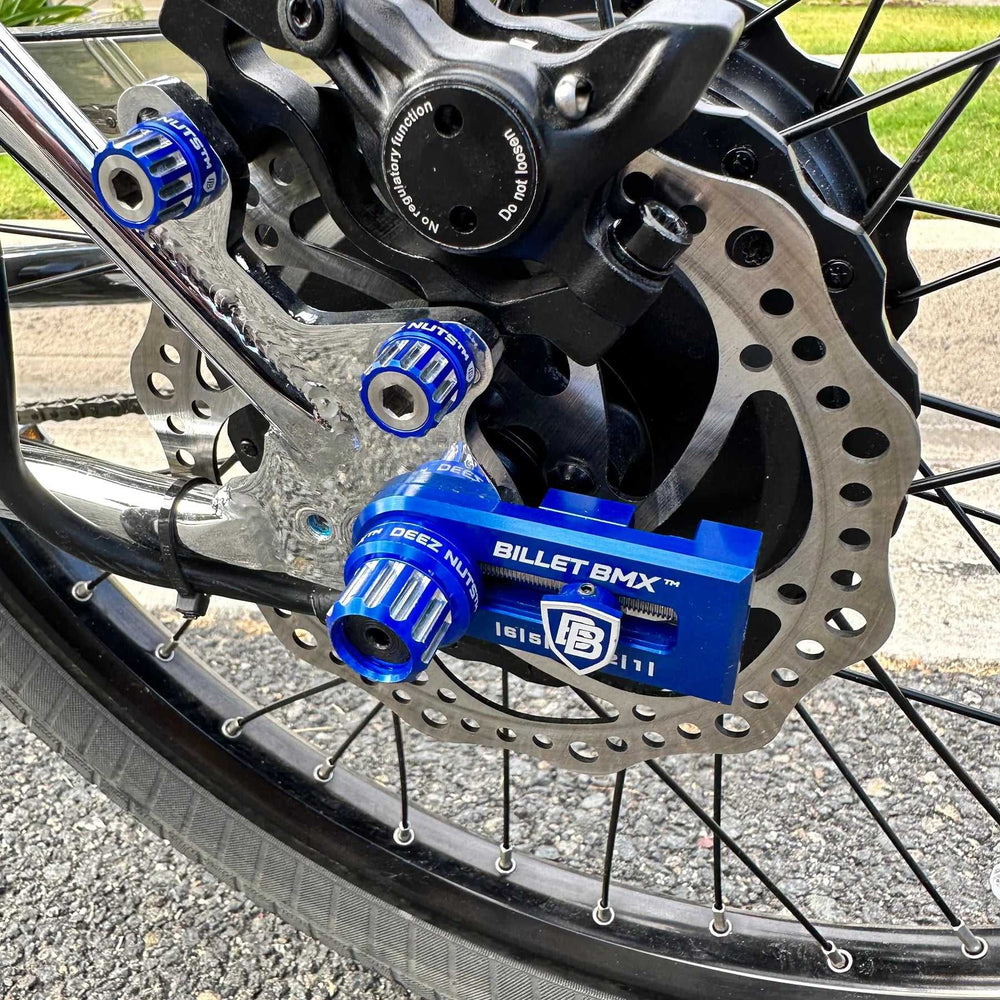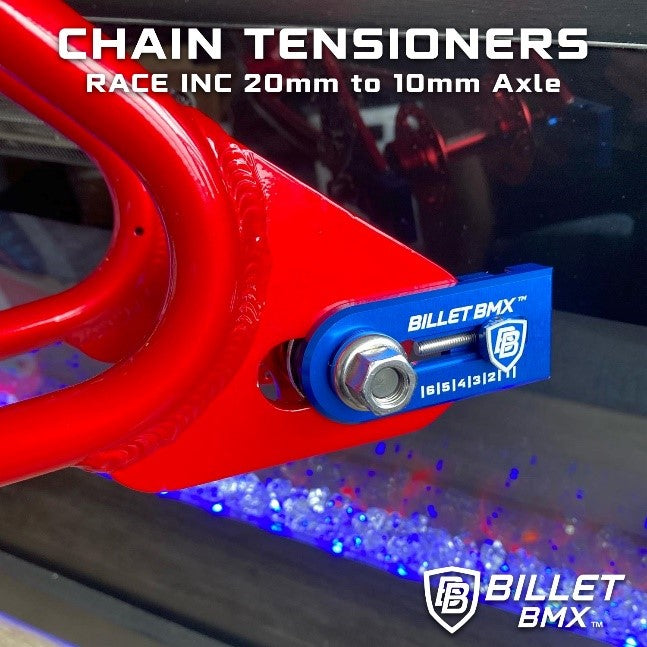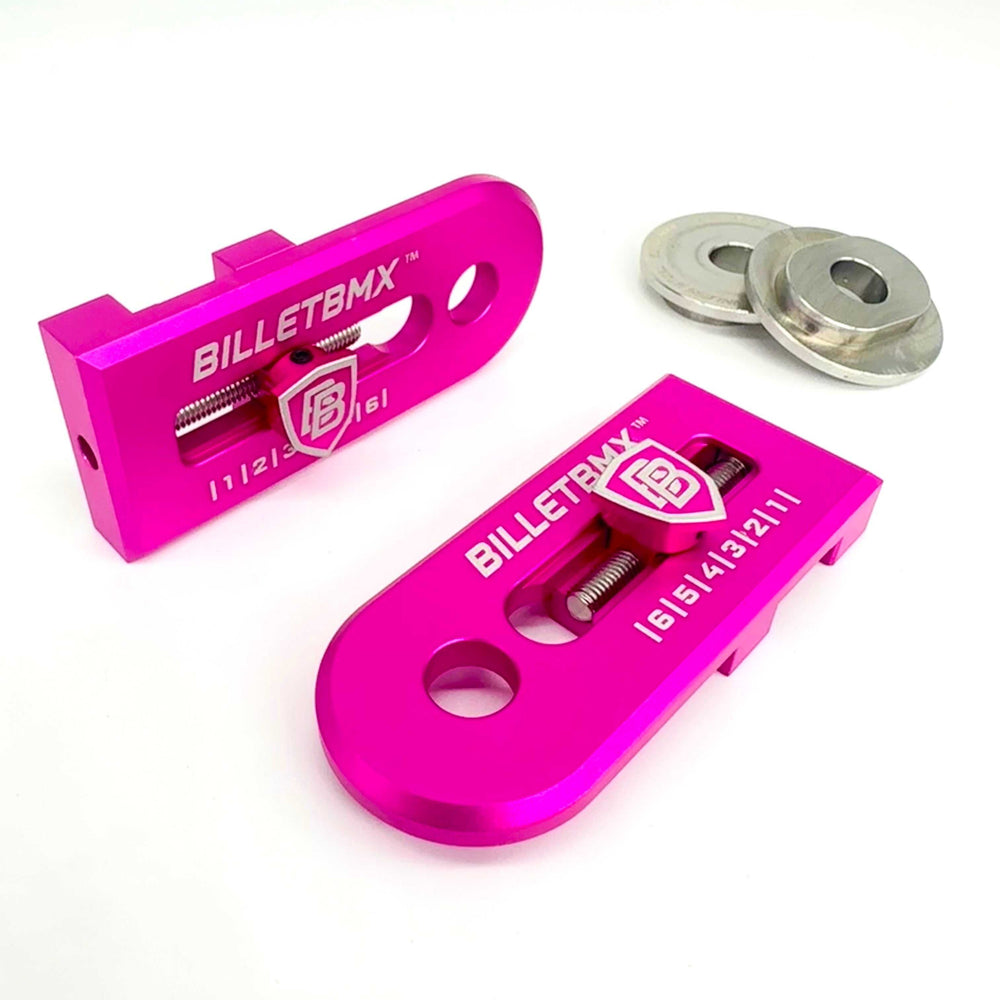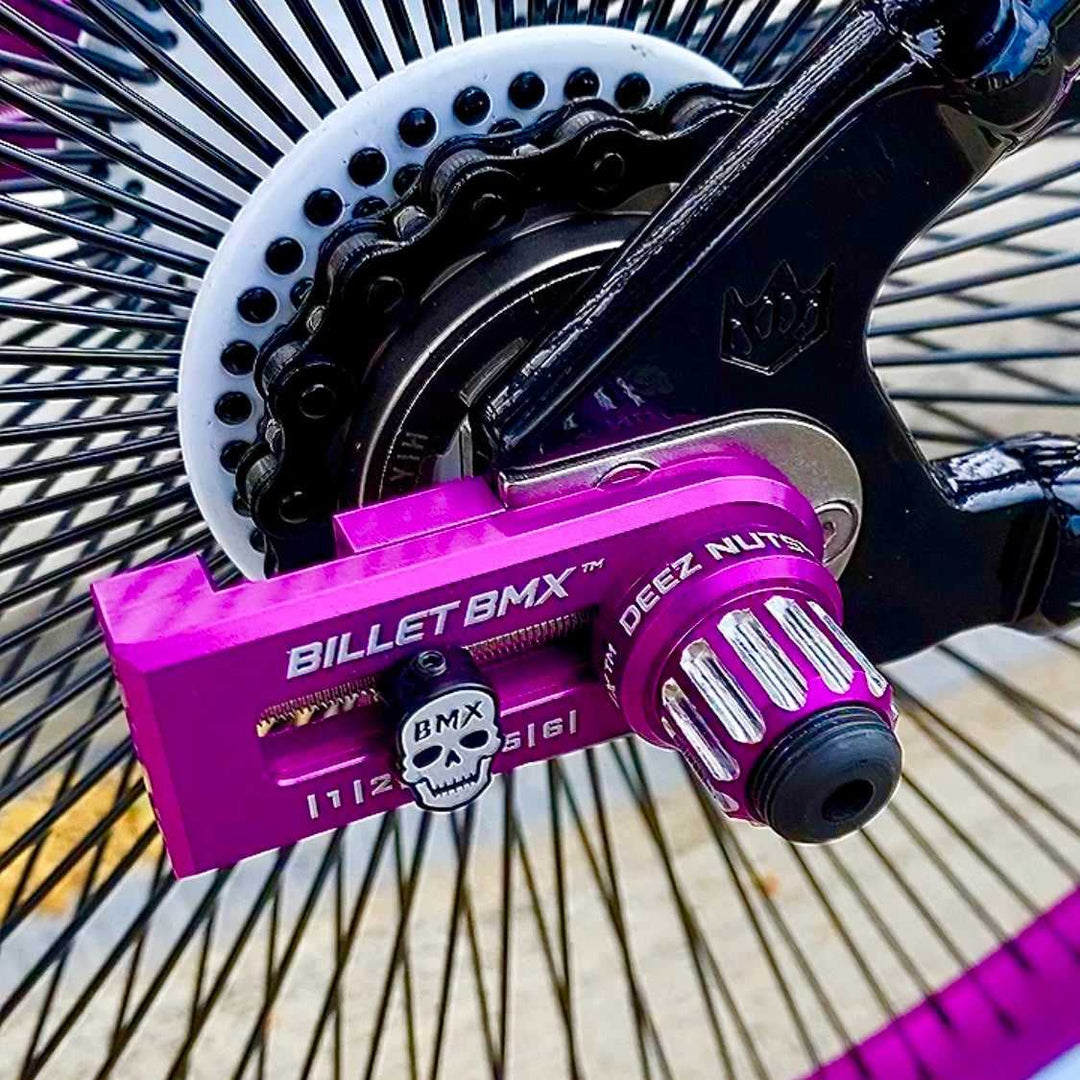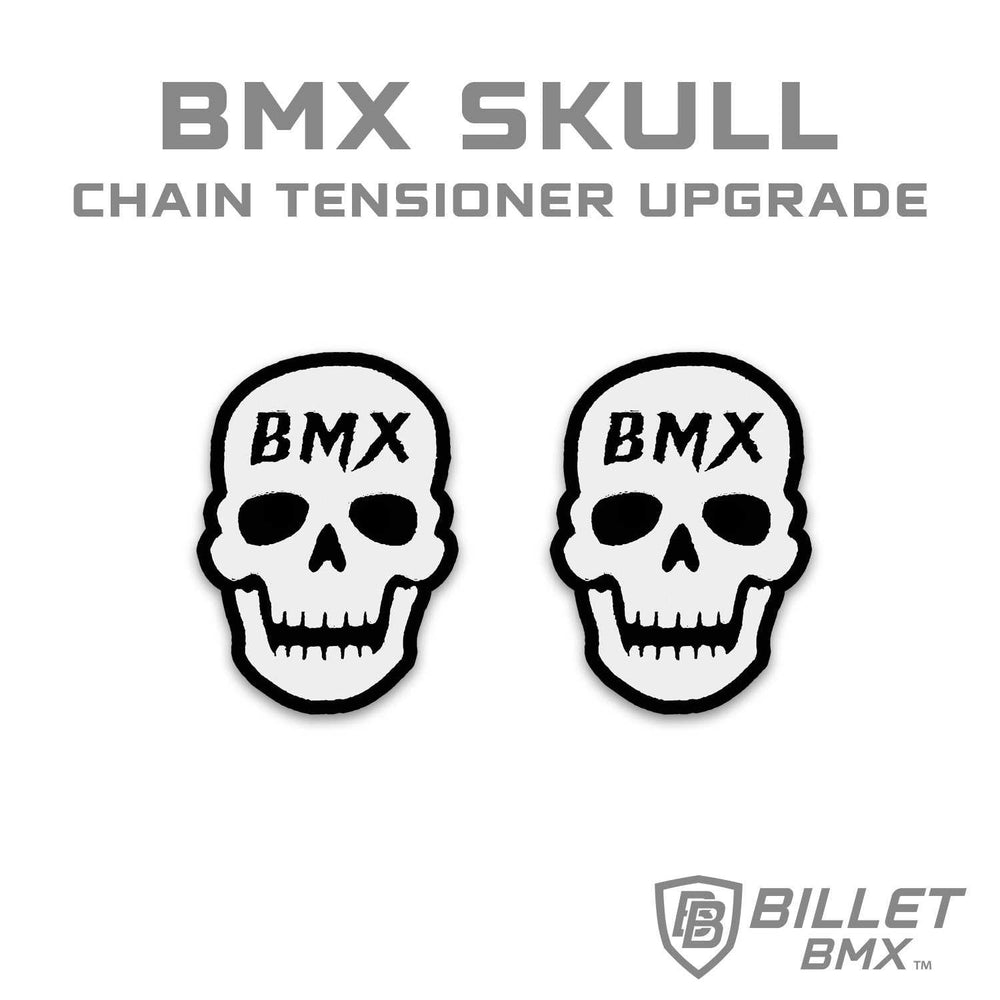How a Single Speed Chain Tensioner Prevents Chain Slips
Every serious rider knows that a smooth, efficient drivetrain is the heart of a reliable bike. Whether you’re cruising through the city, tackling dirt jumps, or enjoying a single-speed setup, one component often goes unnoticed yet makes a big difference the Single Speed Chain Tensioner.
Why You Need a Single Speed Chain Tensioner
On a single-speed or BMX bike, there’s no derailleur to keep tension in the chain. Over time, the chain naturally stretches from regular use and impacts, causing it to loosen. When that happens, you might experience slipping or skipping, especially during hard pedaling or landing jumps.
A Single Speed Chain Tensioner solves this issue by maintaining consistent tension on the chain. It keeps your drivetrain secure and prevents chain drops that could damage your sprocket or frame. Riders who perform tricks, sprint, or ride rough terrain benefit the most from having one installed.
How a Single Speed Chain Tensioner Works
The Single Speed Chain Tensioner operates using a spring-loaded arm with a pulley wheel that presses against the chain. This mechanism automatically adjusts to changes in chain length caused by wear or flex. Here’s what it does:
- Keeps tension consistent: Prevents the chain from sagging or jumping teeth.
- Improves power transfer: Ensures every pedal stroke converts into forward motion efficiently.
- Protects drivetrain components: Reduces friction and uneven pressure on your sprockets and chainring.
- Enhances ride smoothness: Eliminates the jolt caused by skipped chains or misaligned links.
Essentially, a Single Speed Chain Tensioner acts as an automatic stabilizer for your drivetrain. It’s one of the simplest yet most effective upgrades you can make for long-term reliability.
Step-by-Step Installation Guide
Installing a Single Speed Chain Tensioner is straightforward and can be done at home with basic tools:
- Remove the rear wheel to access your chain and dropout area.
- Attach the tensioner to your derailleur hanger or axle (depending on model).
- Align the pulley wheel with your rear sprocket for smooth operation.
- Fit the chain through the tensioner arm, ensuring proper engagement.
- Tighten and test — rotate the pedals to check for smooth, consistent tension.
Make sure the chain tensioner’s spring pressure is firm but not overly tight. It should hold the chain snugly without restricting movement.
Final Thoughts
A Single Speed Chain Tensioner might seem like a small upgrade, but it’s one that transforms your ride. It keeps your chain tight, eliminates skips, and gives you the confidence to push your limits without worrying about mechanical failures.
For smoother rides, stronger performance, and long-lasting reliability, invest in a quality Single Speed Chain Tensioner from Billet BMX where precision engineering meets rider performance.


